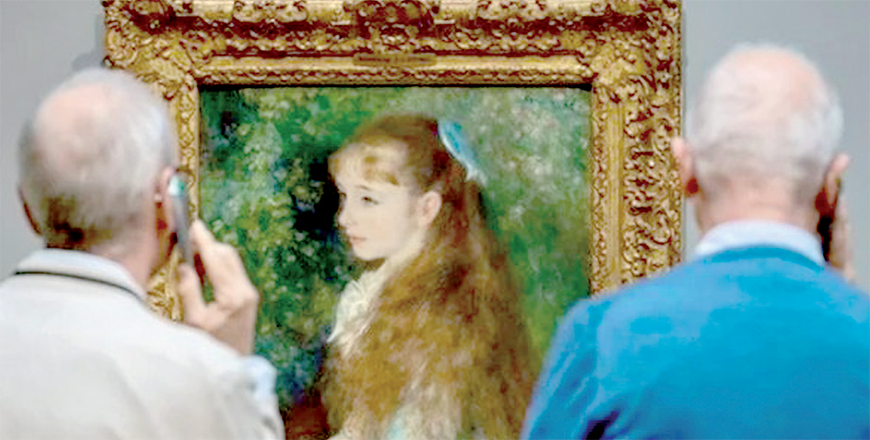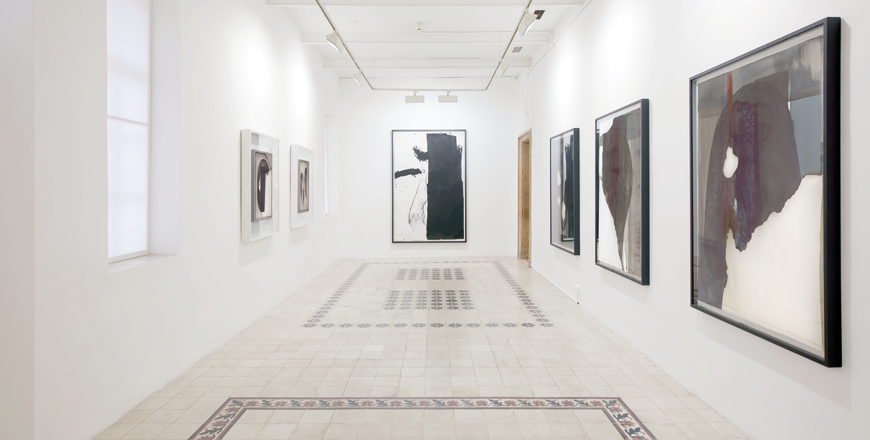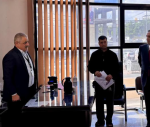You are here
Swiss museum orders experts to review Nazi-era art collection
By AFP - Dec 18,2021 - Last updated at Dec 18,2021
GENEVA — Experts will review the methods used to determine the provenance of works in a vast private art collection acquired during World War II by Emil Buhrle, a Swiss museum said on Wednesday.
The announcement by the Kunsthaus in Zurich came as renewed suspicions swirl around the Nazi-era origins of one of Europe’s most prestigious private art collections.
The late industrialist (1890-1956) amassed a fortune selling weapons to both the Nazis and the Allies during World War II, wealth that helped buy around 600 artworks by the end of his life.
The Buhrle Foundation itself confirms that 13 paintings bought by the German-born industrialist, who later acquired Swiss citizenship, had been stolen by the Nazis from Jewish owners in France.
Following a series of court cases after the war, Buhrle returned all 13 pieces to their rightful owners then repurchased nine of them, the foundation said.
But long-simmering suspicions around the provenance of other pieces in the collection, which includes famous works by the likes of Manet, Degas, Cezanne, Monet, Renoir, Gauguin and Picasso, have picked up steam in recent years.
The collection was long displayed at a discrete private museum on the outskirts of Zurich, but it was determined it should be moved following a spectacular 2008 heist of four 19th century masterpieces.
It was decided to move the collection to the Kunsthaus, one of Switzerland’s leading museums, which this past October opened a new wing to permanently house the works, setting off fresh debate.
Contaminated museum?
A recent book by historian Erich Keller called “Das kontaminerte Museum”, or The contaminated museum, raises questions around the provenance of the works and criticises a lack of contextualisation.
The Buhrle Foundation meanwhile presented a report to the Kunsthaus on Wednesday over the provenance research it had conducted over the past two decades, concluding that there were no indications of problematic circumstances nor problematic provenances for any of the 203 works in the current collection.
Even though Buhrle conducted business during World War II, “he has not left us a collection of Nazi art”, collection director Lukas Gloor told a press conference, according to the ATS news agency.
The Kunsthaus meanwhile said it had strived to contextualise the collection, including through a historic study by experts at the University of Zurich.
And in a bid to remove any remaining doubts, it said it had appointed “an independent committee of experts”.
They would evaluate whether the methodology and approach used by the Buhrle Foundation to determine the provenance of the works “were correct and whether the results were presented correctly”, the Kunsthaus said.
Related Articles
GENEVA — A Swiss foundation must do more to trace the provenance of works in a vast art collection acquired in questionable circumstances du
The Los Angeles art scene is exploding thanks to a wave of artists and galleries escaping New York, which has become over-crowded and too expensive for young creative types.
AMMAN — Known as “a home for the arts and artists from the Arab world”, the Darat Al Funun foundation is currently showing the solo exhibiti

















